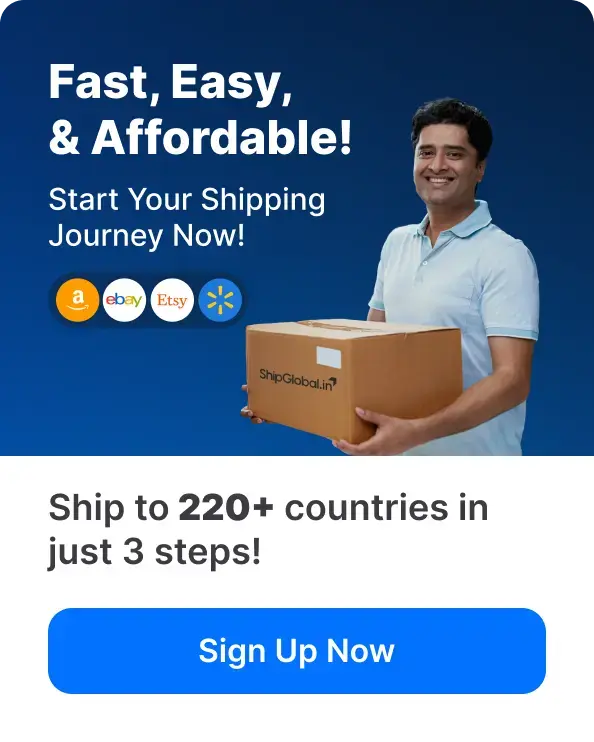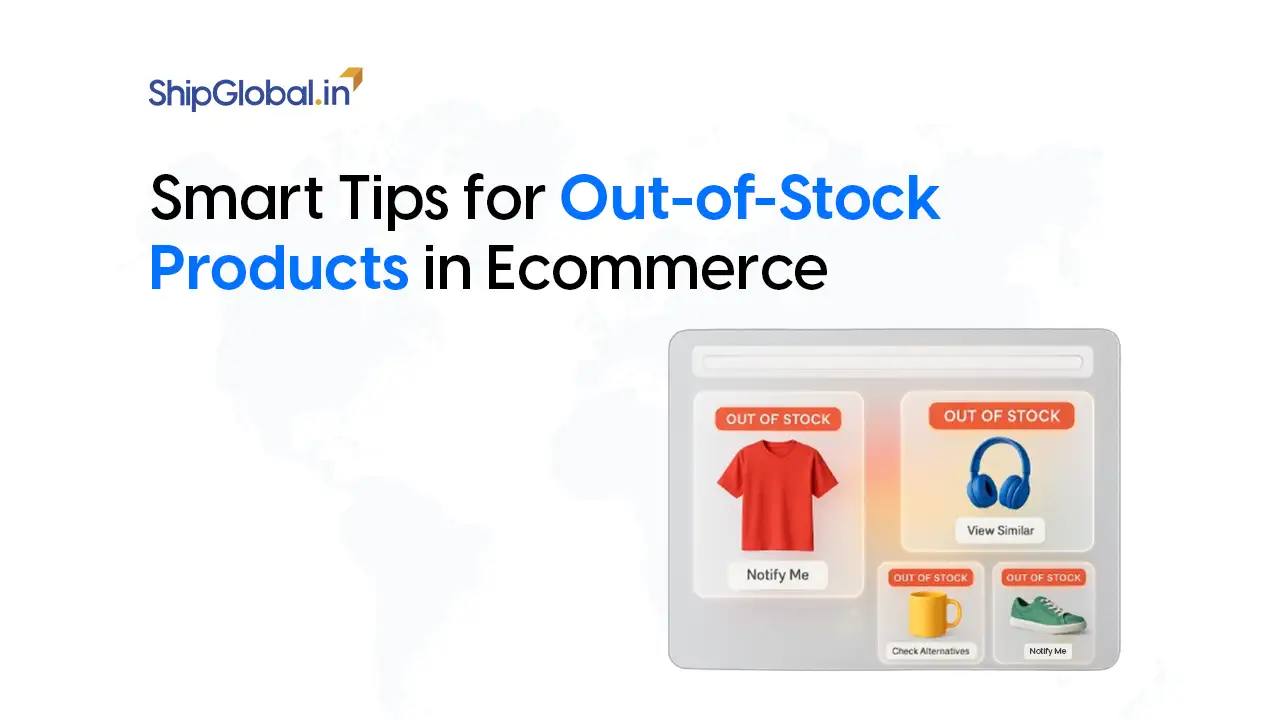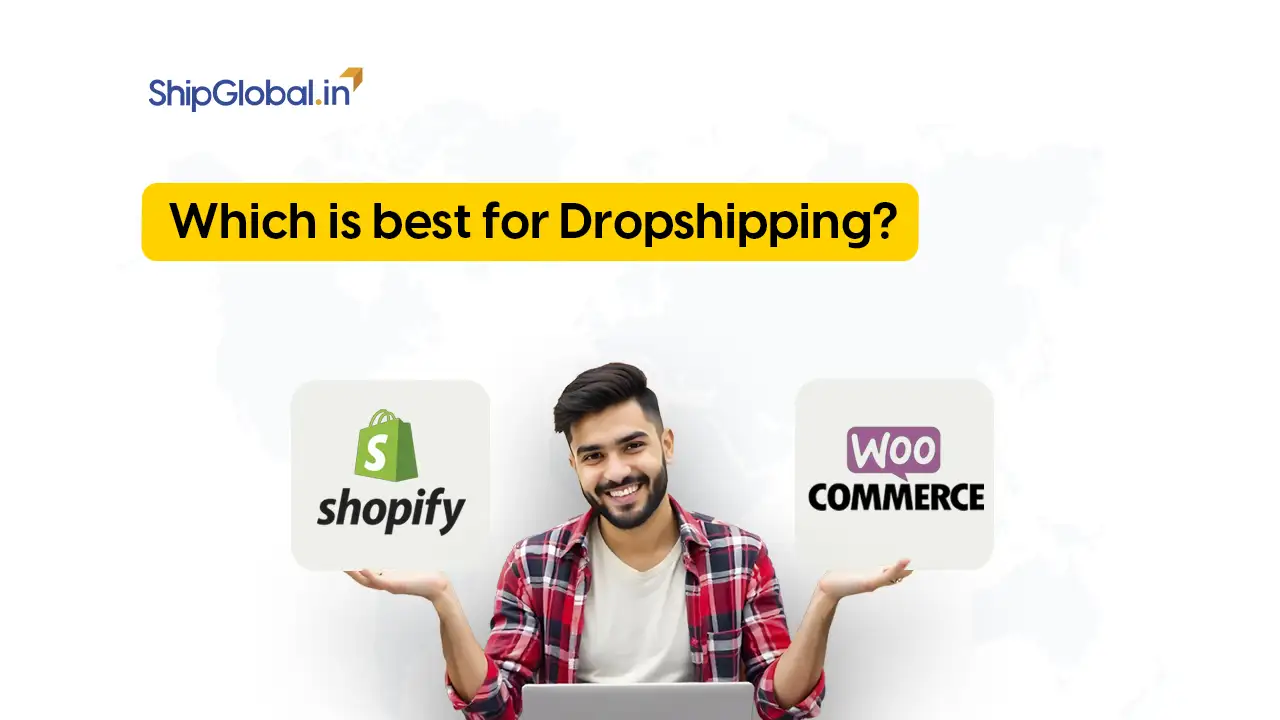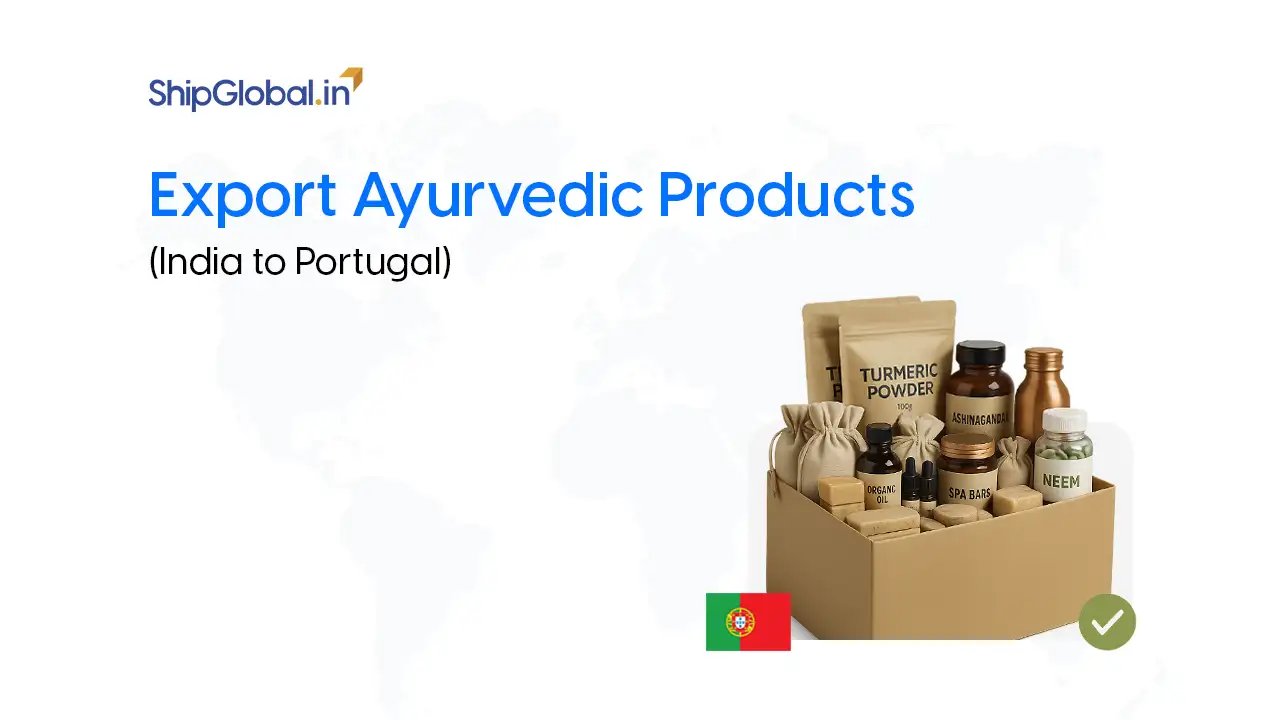You’re getting website visitors, but they’re not buying. Why? Because traffic means nothing if it doesn’t turn into sales.
This one simple metric, “conversion”, can make or break your global eCommerce business.
Let’s break it down in the simplest way possible.
Reaching global customers through platforms like Amazon, Etsy, Shopify, and Walmart opens new revenue opportunities for Indian sellers. However, generating international traffic isn’t enough; what truly matters is converting that traffic into actual sales. This is where your conversion rate becomes the most powerful metric for success. Whether you’re selling apparel to the U.S. or handicrafts to Europe, optimising your store or listings for conversions will make the difference between occasional orders and sustained growth.
To understand this better, let’s start from the basics:
What is a Conversion Rate?
In digital marketing, the conversion rate is the percentage of visitors who take a desired action, like placing an order, signing up, or clicking “Buy Now.”
Formula:
Conversion Rate (%) = (Conversions / Total Visitors) × 100
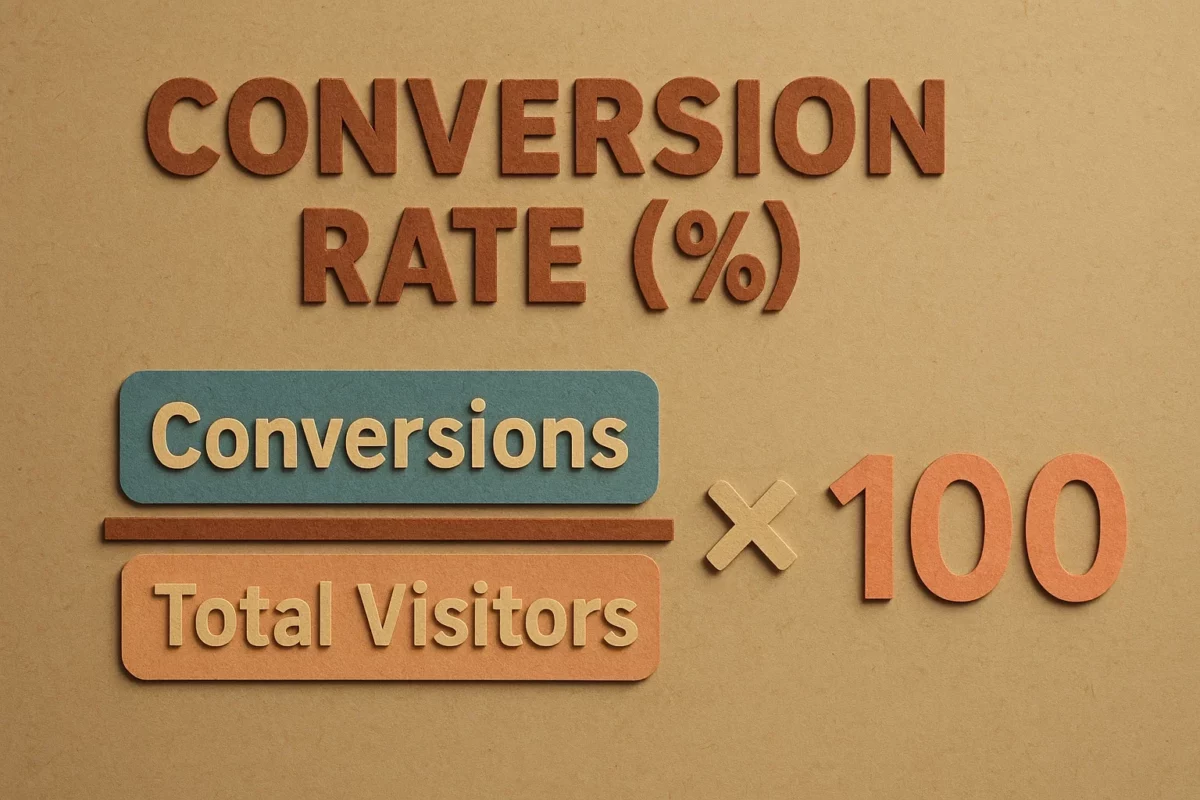
For example, if your Etsy store gets 1,000 visitors and 30 purchases, your conversion rate is: (30 / 1000) × 100 = 3%
Why is Conversion Rate Important for Global Sellers
- Measures Marketing ROI: A high conversion rate means your ads, listings, and landing pages are performing well.
- Uncovers Bottlenecks: A low rate signals friction, perhaps due to slow checkout, unclear pricing, or lack of trust signals.
- Reduces Wasted Spend: You get more sales without increasing ad spend by improving conversion.
- Shapes Strategy: CRO data helps refine your global pricing, UX, A/B testing, and language/localisation strategies.
Selling globally through platforms like Amazon, Etsy, Shopify, and Walmart unlocks massive potential. But while international traffic might be coming in, it doesn’t guarantee sales. Conversion rate (CVR) is the ultimate metric that reveals how well your eCommerce store turns visitors into buyers.
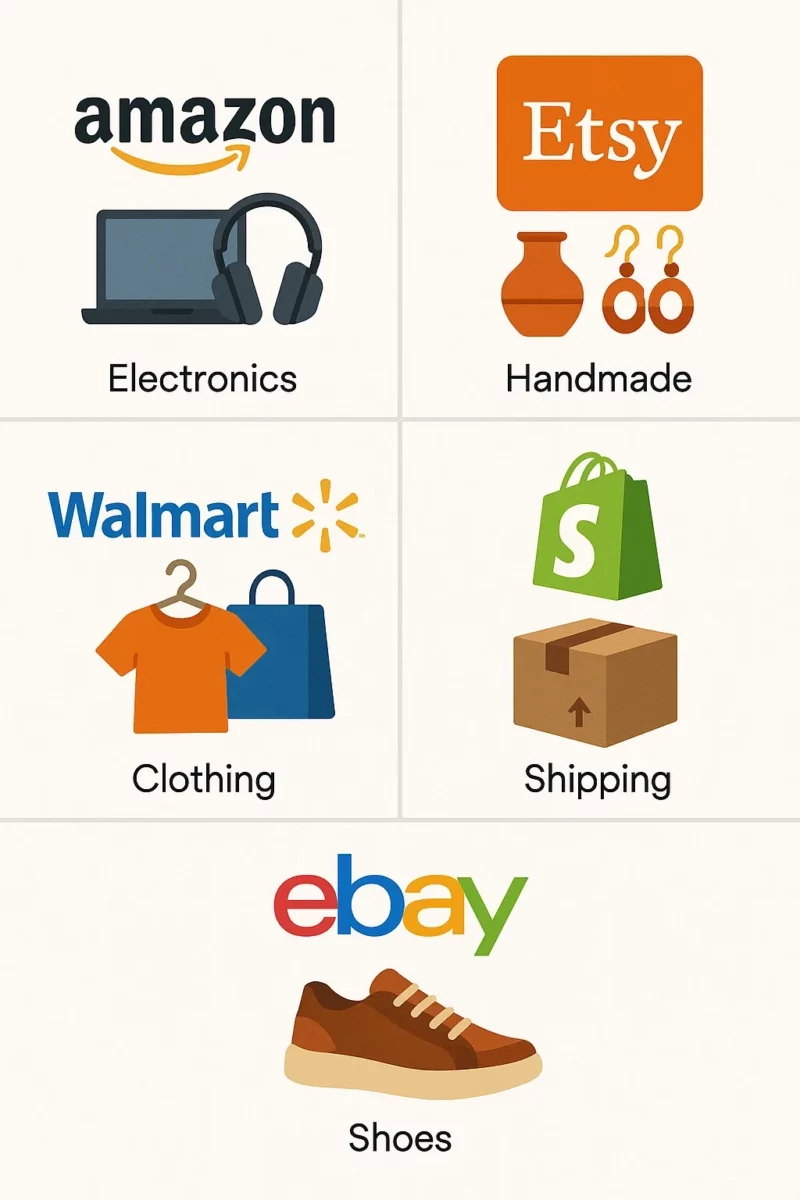
This guide gives you proven, data-backed strategies to increase CVR for global eCommerce websites and marketplaces.
1. Smarter Search Means More Buyers
The way your product appears in search results can directly impact visibility and sales. Each e-commerce platform has its algorithm, but optimising for buyer intent and relevance is key.
| Search Strategy | How It Helps |
|---|---|
| Intent-Based eCommerce Search | Targets what global buyers want, not just what they type. |
| Semantic Site Search | Matches related terms like “red heels” and “burgundy stilettos”. |
| Hybrid Search System | Combines filters, keywords, and AI for smarter results. |
| AI Product Recommendations | Boosts order value with related product suggestions. |
Intent-Based eCommerce Search
Most global buyers don’t type exact product names; they type what they want the product to do. So, if someone searches “gift for dad,” make sure your listing includes related keywords like “wallet,” “watch,” or “personalised item.” Marketplaces like Amazon and Walmart heavily reward intent-based keyword optimisation.
Semantic Site Search
On platforms that allow enhanced descriptions (like Shopify), go beyond keywords. For example, if a shopper searches “red party heels,” including variations like “burgundy stilettos” in your tags and descriptions can help your product show up even in adjacent searches.
Hybrid Search System
Use a mix of keyword tagging, smart filters (like colour, use-case, or delivery location), and, where possible, enable AI-based suggestions. Platforms like Etsy and Shopify apps offer tools for improving internal search and recommendations.
AI Product Recommendations
On Amazon and Walmart, related product suggestions are often auto-generated. But you can influence these by bundling related products or maintaining consistent category tags. On Shopify, use apps or plugins to manually suggest complementary items to increase order value.
2. Product Pages That Convince
The product page is your pitch. It must convince buyers quickly and clearly, especially when targeting international audiences.
| Element | Why It Works |
|---|---|
| High-Converting Product Page | Clear titles, bullet points, and localized descriptions. |
| Social Proof for Products | Live activity and regional reviews build urgency and trust. |
| Customer Review Display | Photo reviews improve credibility across platforms. |
| Trust Signals eCommerce | Badges, return policies, and shipping origin boost trust. |
High-Converting Product Page
Use clear titles with top keywords, short benefit-focused descriptions, and bullet points. Localise for your target market (e.g., use cm/inches, ₹/$, or “favourite” vs. “favourite” as per regional spelling preferences). Shopify gives more freedom, but even on Amazon and Etsy, make every word count.
Social Proof for Products
Display activity updates like “3 sold in the last 2 hours” or show reviews from buyers in the shopper’s region to create urgency and trust. Platforms like Amazon, Walmart, and Etsy automatically display reviews, but having a high review count and relevant keywords in reviews improves ranking and conversion.
Customer Review Display
Visual reviews, where customers upload images of your product, are powerful across all platforms. Encourage happy customers to add photos. On Etsy and Amazon, these build buyer confidence, especially for first-time international buyers.
Trust Signals Global Buyers Look For
Use signals that build confidence: “Ships from [country],” “Free Returns,” or “Eco-Friendly Packaging.” While you may not be able to add custom icons on Amazon or Walmart, mention these in the product description or FAQs. On Shopify, you can use actual icons or badges to emphasise safety, fast delivery, and authenticity.
3. Make Checkout Easy for Everyone (Across Platforms)
Whether you’re selling on Shopify, Etsy, Amazon, Walmart, or other global eCommerce marketplaces, one thing remains constant: the checkout experience can make or break a sale. While each platform has its system, there are universal best practices you can follow or enable to reduce drop-offs and improve conversions across the board.
| Checkout Feature | Impact on Conversion |
|---|---|
| One-Click Checkout | Faster buying experience for repeat customers. |
| Simplified Checkout Flow | Less friction = more completed orders. |
| Guest Checkout Enabled | Reduces drop-offs by avoiding mandatory signups. |
| Express Checkout eCommerce | Offers familiar payment options across countries. |
| Cart Recovery Popup | Recovers abandoning users with targeted messaging. |
One-Click Checkout
Encourage or activate faster checkout options like Shop Pay, PayPal One Touch, or platform-specific express checkouts where available. These tools help repeat customers complete purchases with just a few taps.
Simplified Checkout Flow
Where customisation is possible (especially on platforms like Shopify), streamline the process: Shipping > Payment, with auto-filled details like the buyer’s country, currency, and taxes. This saves time and builds trust.
Guest Checkout Enabled
On platforms that allow flexibility (like Shopify or WooCommerce), let buyers check out without creating an account. For marketplaces like Etsy or Amazon, make sure your product detail pages are optimised so buyers don’t feel friction before reaching the platform’s own guest-friendly checkout process.
Express Checkout eCommerce Options
If you’re targeting global buyers, support local and international payment options like Apple Pay, Google Pay, Klarna, UPI, or country-specific tools. Marketplaces like Amazon and Walmart handle much of this on their end, but highlight accepted methods in your product listings or FAQs to reduce hesitation.
Cart Recovery Popup or Message
If your platform allows (e.g., Shopify), show exit-intent popups like:
“Leaving so soon? Your order can reach Canada in just 5 days with tracked shipping.”
For Amazon or Etsy, leverage automated abandoned cart reminders or adjust your messaging in follow-up emails.
4. Keep Shoppers Coming Back
Sell on any global eCommerce marketplace, and repeat traffic and cart recovery can make a big difference to your bottom line. While some features are platform-specific, many tools are designed to work across these channels.
| Retention Tool | How It Helps |
|---|---|
| Plugins to Reduce Cart Abandonment | Countdowns, saved carts, and coupons increase completions. |
| Push Notifications | Reminds buyers of deals and restocks across devices. |
| Cart Recovery Tools | Email/WhatsApp nudges for unfinished purchases. |
Plugins to Reduce Cart Abandonment
If you’re using a platform like Shopify, you can install plugins that show countdown timers, save abandoned carts, or offer exit-intent coupons. While Amazon and Walmart don’t offer custom plugins, you can optimise by using follow-up tools outside the platform (email or SMS), where allowed.
Push Notifications
Shopify and certain Etsy apps support browser or mobile push notifications for special deals, restocked items, or cart reminders. While marketplaces like Amazon manage this internally, sellers can still drive return visits through bundled promotions and off-platform marketing.
Cart Recovery Tools
Use WhatsApp messages, emails, or remarketing campaigns to reach out to shoppers who didn’t complete checkout, especially from your Shopify store or via connected CRM tools. On platforms like Etsy or Amazon, ensure you participate in automated reminder programs (e.g., “Abandoned Cart Recovery” emails triggered by Etsy).
5. Mobile and Site Speed Matter
No matter the platform, Amazon, Shopify, Walmart, and Etsy, if your product page loads slowly or doesn’t work well on mobile, global buyers will leave before buying.
| Optimization Area | Why It Matters |
|---|---|
| Fast-Loading eCommerce Site | Keeps users engaged and reduces bounce rates. |
| Responsive Shopping Experience | Ensures usability across all devices. |
| Mobile-First Online Store | Improves navigation and clarity for mobile buyers. |
| Page Speed Optimization | Improves search ranking and conversion potential. |
Fast-Loading eCommerce Site
If you control your website (like on Shopify or WooCommerce), compress images, lazy-load product content, and use global CDNs to ensure fast loading in target countries. Marketplaces like Amazon and Walmart handle speed, but you can still optimise your image sizes, product descriptions, and layout hierarchy for a better buyer experience.
Responsive Shopping Experience
Most global buyers shop from mobile. Ensure your listings, whether on Etsy, Amazon, or your store, are clean, scroll-friendly, and easy to interact with on phones and tablets. Check how your listings appear on mobile versions of each marketplace.
Mobile-First Online Store
If you’re using Shopify or another platform you manage, design for mobile first. Big tap areas, vertical image stacks, and one-column layouts improve user experience. For Amazon, use the first 3–4 lines of your product description wisely — that’s all many mobile users will read.
Page Speed Optimisation
Even on marketplaces, fast-loading content like images and videos improves ranking and user engagement. For your store, tools like Google PageSpeed Insights and GTMetrix help identify slow-loading elements that might hurt conversions.
By applying these platform-aware strategies, you can improve conversions across multiple global marketplaces without needing a large tech team, just smart, intentional changes and the right tools tailored to where you sell.
Conclusion
Improving conversion rates on global eCommerce platforms isn’t about implementing one big, dramatic change; it’s about optimizing small, strategic elements across every step of the customer journey. From how international buyers discover your product in search results to how they experience your product pages, move through the checkout, and receive their orders, each step matters.
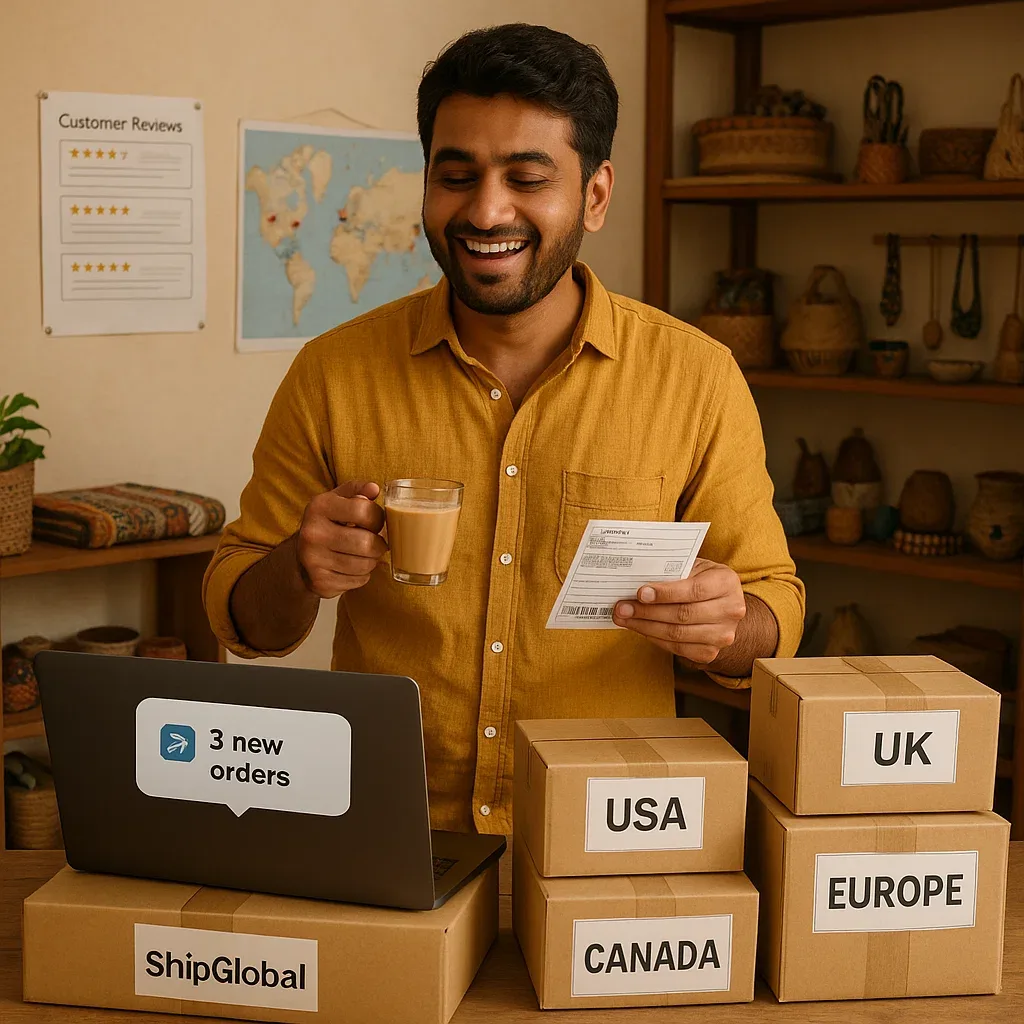
Start with a conversion rate checklist. Examine your product images, titles, shipping policies, page speed, mobile experience, and trust signals like reviews and return guarantees. Test one change at a time, monitor performance, and continue improving based on real buyer behaviour. These small tweaks, though individually simple, add up to a major shift in how buyers perceive and interact with your brand.
Remember, global buyers come with unique expectations: they want clarity, speed, transparency, and assurance that your product will reach them safely and on time. If your store delivers that experience, through fast-loading pages, clear shipping costs, verified reviews, and a seamless checkout, you’re not just improving conversions, you’re building long-term international customer trust.
And don’t forget: logistics is a part of the buying experience too. ShipGlobal helps you close the loop by making international deliveries faster, easier, and more reliable. With no minimum shipping weight, real-time tracking, customs support, and deliveries to over 220+ countries, we ensure your customer experience doesn’t stop at the checkout; it extends to their doorstep.
Start making every click count. Sign up now
Happy Shipping
Frequently Asked Questions
Around 2% to 4% is standard. It may be lower if shipping, speed, or trust factors aren’t optimised for international buyers.
Top reasons:
1. High or unclear shipping costs
2. Slow delivery timelines
3. No reviews or return policy
4. Complicated checkout
1. Use better photos
2. Simplify product titles
3. Show trust badges and reviews
4. Clearly show shipping info
5. Test small changes weekly
Yes. Fast, clear, and reliable shipping builds trust and reduces drop-offs. ShipGlobal makes global delivery easy and affordable.
Yes. CRO basics like clear info, fast load time, and transparent shipping apply everywhere. A tool like ShipGlobal keeps the post-purchase experience smooth across all platforms.


